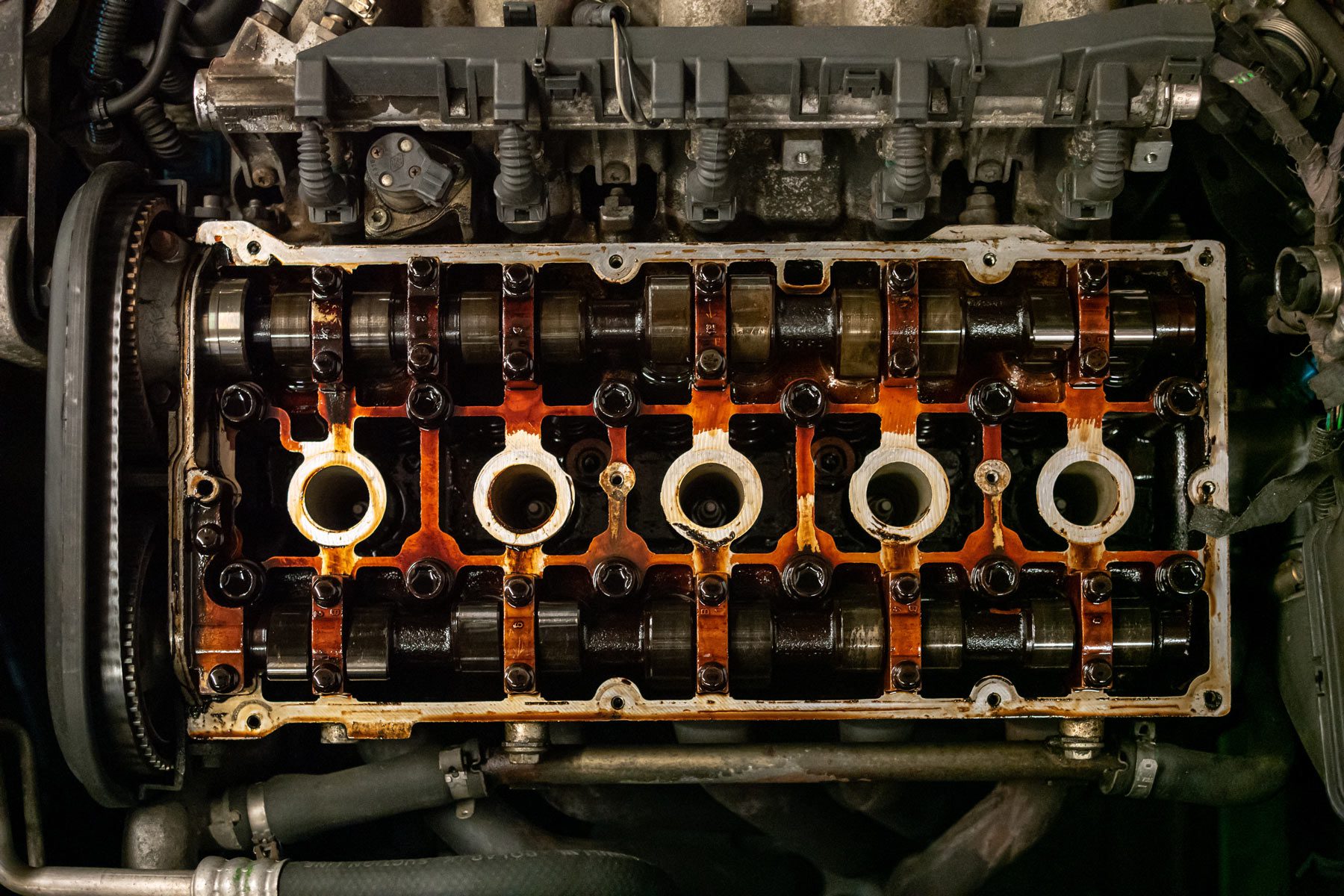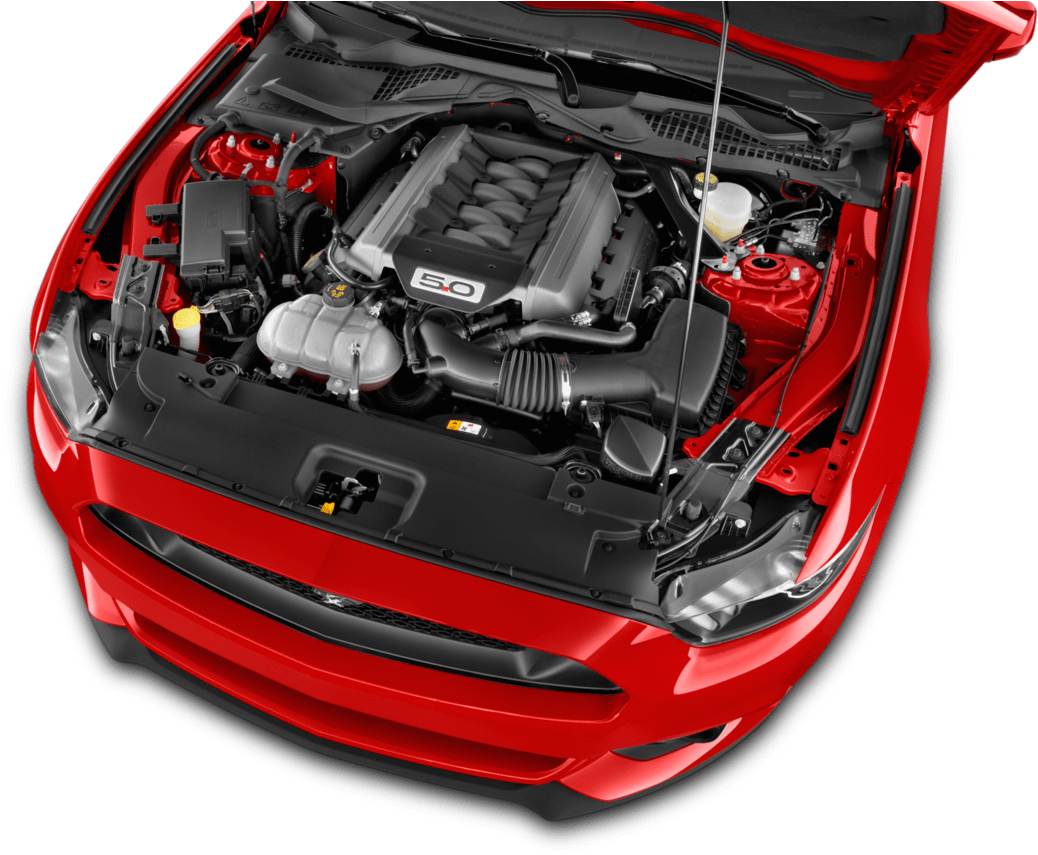Enhance Your Adventure with a High-Quality Opel Corsa Engine
Enhance Your Adventure with a High-Quality Opel Corsa Engine
Blog Article
Exploring the Inner Operation of a Compact Lorry's Engine System
As vehicle drivers, we frequently take for approved the elaborate procedures that occur within the confines of our automobile's engine system. In this exploration of a small car's engine system, we will certainly decipher the internal functions of this mechanical symphony, losing light on the enigmas that drive us forward on our day-to-day journeys.
Combustion Refine Summary
The combustion process in a compact vehicle's engine system is an essential device that effectively converts fuel into power to power the vehicle. This procedure happens within the combustion chamber of the engine, where gas and air mix, ignite, and produce regulated surges. The combustion process includes four major phases: consumption, compression, exhaust, and power.
During the consumption phase, the piston moves downward, pulling in a blend of air and fuel right into the combustion chamber. The following stage, compression, entails the piston moving upwards, compressing the air-fuel combination to boost its strength. Ultimately, in the power stage, the ignition system ignites the compressed mixture, leading to a rapid development of gases that compels the piston back down. This descending motion generates the power needed to drive the car. Lastly, in the exhaust stage, the burned gases are expelled from the combustion chamber with the exhaust shutoff, preparing the chamber for the next cycle. This cyclic burning procedure is fundamental to the procedure of a portable vehicle's engine system, ensuring efficient energy conversion for propulsion.
Piston and Cyndrical Tube Interaction

The piston's accurate fit within the cyndrical tube is essential for keeping optimal compression and stopping power loss during combustion. Tight clearances in between the piston and cylinder wall surfaces make certain reliable sealing, allowing the piston to move smoothly without enabling gases to leakage past. Appropriate lubrication is likewise essential to minimize rubbing and use in between these components, enhancing longevity and performance.
Moreover, the design and materials made use of in making the piston and cyndrical tube impact engine efficiency and longevity. Modern engines commonly utilize light-weight yet durable products like light weight aluminum alloys for pistons and cylinder linings to minimize inertia and boost thermal effectiveness. Generally, the harmonious communication between the piston and cyndrical tube is basic to the engine's performance and general efficiency.
Gas Shot System Functionality
Fuel shot systems in small car engines play an important duty in precisely providing fuel to the burning chamber for reliable and regulated ignition. The gas injection system works by injecting fuel into the burning chamber at the ideal minute during the engine's procedure (opel corsa engine). This exact timing ensures that the fuel blends evenly with the air for proper burning, resulting in boosted gas performance and reduced exhausts
There are mainly two sorts of gas injection systems made use of in portable vehicle engines: port gas shot (PFI) and straight fuel shot (DFI) PFI systems infuse gas into the consumption port before the consumption shutoff, while DFI systems inject gas directly right into the burning chamber. Both systems have visit their advantages, with DFI supplying much better fuel atomization and PFI offering a much more cost-effective option.
Understanding Engine Cooling Mechanisms
Reliable procedure of a compact car's engine relies heavily on the effectiveness of its cooling mechanisms. Engine cooling is necessary to prevent overheating, which can cause serious check my source damage and decreased efficiency. The air conditioning system in a compact vehicle typically contains numerous elements collaborating to control the engine temperature. One crucial part is the radiator, which uses coolant to absorb heat from the engine. As the warm coolant moves through the radiator, it launches warmth into the air, cooling before going back to the engine. The water pump circulates the coolant through the engine and radiator, guaranteeing a constant circulation to regulate temperature level. Additionally, the thermostat helps manage the coolant circulation to preserve optimal engine temperature level. Some lorries likewise have cooling down followers that trigger when added cooling is needed, such as during hefty website traffic or heat. Comprehending these engine cooling systems is crucial for maintaining the efficiency and longevity of a compact vehicle's engine system.

Exhaust System Elements Explained
The optimal functioning of a compact lorry's engine air conditioning systems depends on a complementary system known as the exhaust system, which consists of different vital components for ensuring reliable emissions and engine efficiency. The exhaust system includes parts such as the exhaust manifold, catalytic converter, muffler, and tailpipe. The exhaust manifold gathers exhaust gases from the engine's routes and cyndrical tubes them to the catalytic converter. The catalytic converter then transforms hazardous toxins in the exhaust into less harmful exhausts before releasing them with the muffler and tailpipe.
One vital component of the exhaust system is the oxygen sensor, which keeps track of the oxygen degrees in the exhaust gases to aid control gas usage and ensure ideal engine efficiency. opel corsa engine. In addition, the resonator may exist in some exhaust systems to reduce noise levels. On the whole, the exhaust system plays an important function in keeping engine moved here efficiency, minimizing unsafe emissions, and guaranteeing a quieter driving experience for portable vehicle owners

Verdict
Finally, the compact car's engine system is an intricate mix of parts that interact to help with the burning procedure, transform gas right into power, and expel waste gases. Understanding the inner functions of the engine system, including the piston and cylinder communication, gas shot system, engine air conditioning systems, and exhaust system parts, is critical for preserving ideal efficiency and performance of the vehicle.
The burning procedure in a portable lorry's engine system is a crucial system that effectively transforms gas into power to power the automobile.Fuel shot systems in small car engines play an important role in exactly delivering fuel to the burning chamber for regulated and effective ignition.There are mainly two types of fuel injection systems made use of in portable automobile engines: port fuel injection (PFI) and straight gas injection (DFI) Understanding these engine cooling systems is important for maintaining the efficiency and long life of a small car's engine system.
The optimal performance of a small car's engine air conditioning devices depends on a corresponding system understood as the exhaust system, which comprises numerous crucial elements for guaranteeing efficient exhausts and engine performance.
Report this page